

|
|
|


|
|
1/10 Scale Electric Rally/Touring Car:
Himoto Rally X10 - # HI4118 / # HI4118BL - Radio Controlled ModelHistory and Info for the Rally X10:
Introduced by Himoto Racing circa 2014, the 4WD Rally X10 Off-Road Rally Car, was available with either a brushed 540 motor - # HI4118 - or a brushless motor - # HI4118BL - ESC, battery, charger and 2.4Ghz radio system.
▼ Scroll Down for More Images ▼
|








|
|
|

★ Himoto Rally X10 ★

★ Himoto Rally X10 Chassis ★
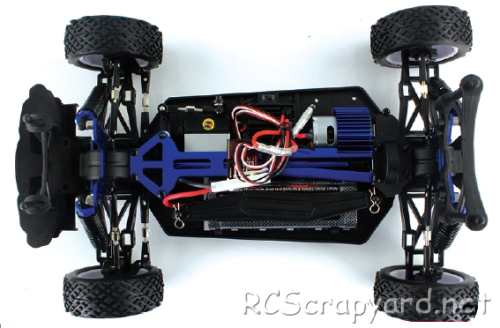
★ Himoto Rally X10 Chassis ★
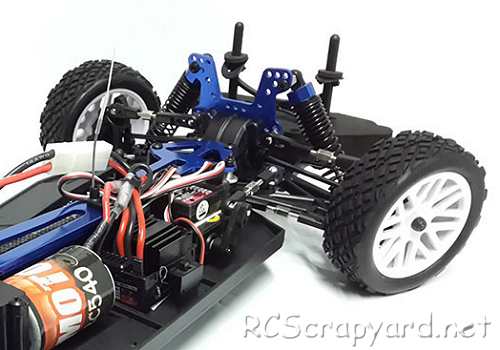
★ Himoto Rally X10 Chassis ★
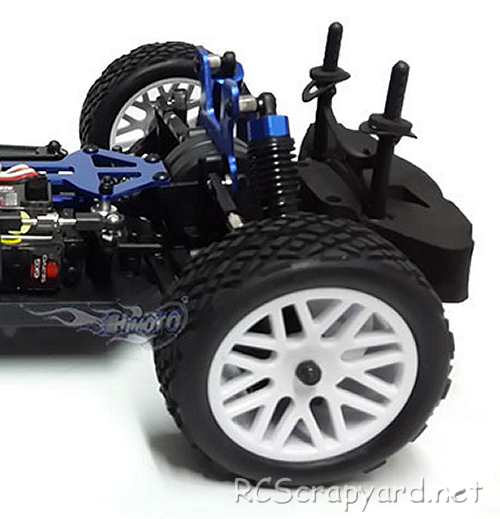
★ Himoto Rally X10 Chassis ★
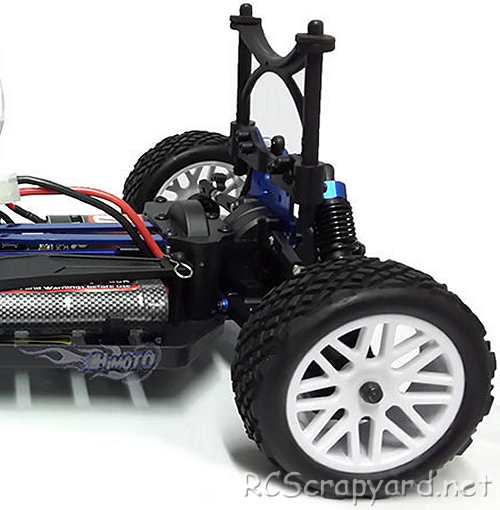
|
Buying a Used Himoto Rally X10
|
|
Manufacturers and Brands Catalogued, Listed and Reviewed by RC-Scrapyard.
At present, the RC Model Manufacturers, Brands and Distributors covered by us are: ABC Hobby, Academy, Acme Racing, Agama Racing, Amewi, Ansmann Racing, ARRMA, Team Associated, Atomic RC, Axial, AYK, Bolink, BSD Racing, Capricorn, Carisma, Carson, Caster Racing, Cen, Corally, Custom Works, Durango, Duratrax, ECX - Electrix, Exceed RC, FG Modellsport, FS-Racing, FTX, Fujimi, Gmade, GS-Racing, Harm, HBX, Helion, Heng Long, Himoto Racing, Hirobo, Hitari, Hobao, Hong-Nor, Hot Bodies, HPI, HSP, Intech, Integy, Jamara, JQ Products, Kawada, Kyosho, Losi, LRP, Maisto, Mardave, Marui, Maverick, MCD Racing, Megatech, Mugen, New Bright, Nichimo, Nikko, Nkok, Ofna, Pro-Pulse, Protech, PTI, RC4WD, Redcat Racing, RJ-Speed, Robitronic, Schumacher, Seben, Serpent, Smartech, Sportwerks, Step-Up, Tamiya, Team-C Racing, Team Magic, Thunder Tiger, Tomy, Top Racing, Traxxas, Trinity, Tyco, Vaterra RC, Venom, VRX Racing, WLToys, X-Factory, Xmods, Xpress, Xray, XTM, Yankee RC, Yokomo, ZD Racing and Zipzaps. |
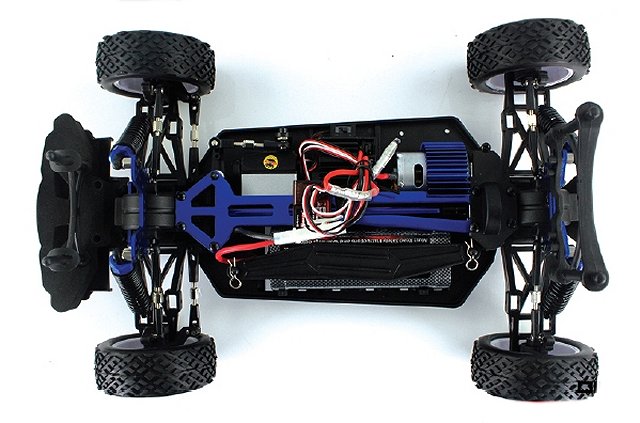
|
Hints, Tips and Information
Driving On Road
The basic driving style most commonly used for all forms of on road, tarmac and carpet racing, involves using the full width of the road available, and cutting each apex as tight as possible, whilst keeping complete control of the car on the track. The style, often referred to as "Rounding" looks quite simple to those watching, but to get it right needs good hand eye coordination and lots of practice. |
|
Hints, Tips and Information
Efficient Soldering
In the sport of Radio Controlled racing, there are a number of things you have to learn to get you up there with the best. One of the most difficult, for those with little practical skill, is the art of Soldering.
|
|
RC Models:
|
Radio & Motors: |
Other
Accessories: |